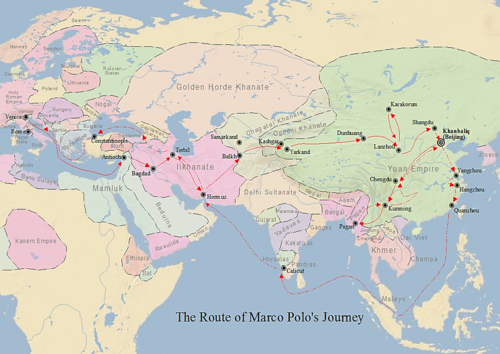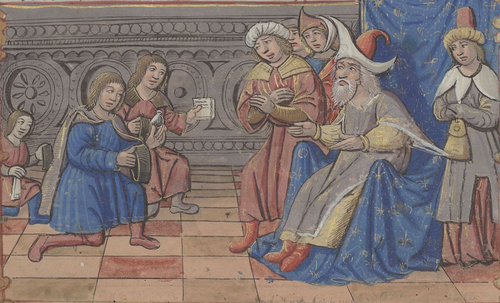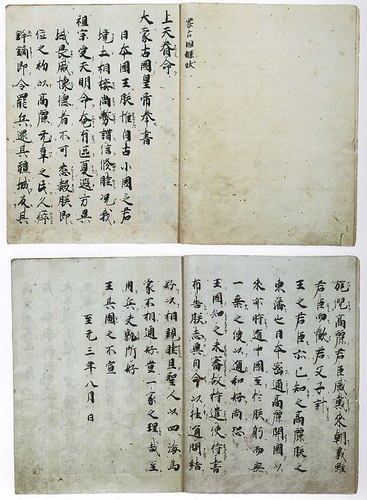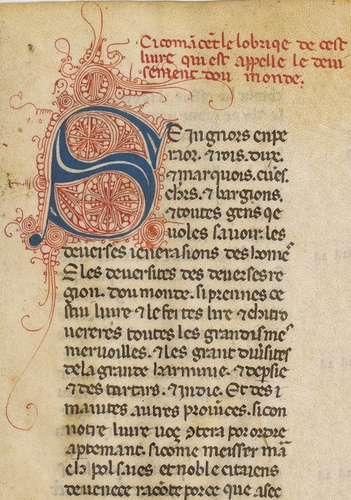Noiser
Marco Polo: The First Global Citizen
Play Short History Of... Marco Polo
Marco Polo was not the first explorer. He wasn’t even the first European to venture into Asia. So, how did his name become synonymous with adventure, and why is his story still remembered almost eight centuries later?

Early Life
Marco Emilio Polo was born in the city-state of Venice in 1254. He was raised by his aunt due to the death of his mother in childbirth and the absence of his father, Niccolò, who was away in Asia on trading missions.
In 1269, Niccolò returned to Venice. He had travelled as far as China, spending time in the court of Kublai Khan, making him one of the first Europeans to do so. In Venice, Marco found his father’s stories of the Far East enthralling. After some cajoling, Niccolò finally agreed to let fifteen-year-old Marco join him and his uncle, Maffeo, on their next journey to the East.
Venturing East
In 1271, Marco Polo, now seventeen, embarked on a journey that would last over two decades. The Polos travelled through the Mediterranean and across the Middle East, passing through what is now Turkey, Israel, and Iran. They followed the ancient trade routes known as the Silk Road, which connected Europe to Asia, where Marco immersed himself in the various cultures he encountered.
 However, it wasn’t all fun and games. They had to prolong their stay in Armenia to avoid getting caught up in the Sultan of Babylon’s invasion. In 1272, in Persia, Marco narrowly escaped with his life after his travelling group was targeted by sword-wielding bandits. In Badakhshan, a province in northeastern Afghanistan, Marco developed a cough that developed into a fever. They languished in the mountains for over a year until Marco was well enough to continue.
However, it wasn’t all fun and games. They had to prolong their stay in Armenia to avoid getting caught up in the Sultan of Babylon’s invasion. In 1272, in Persia, Marco narrowly escaped with his life after his travelling group was targeted by sword-wielding bandits. In Badakhshan, a province in northeastern Afghanistan, Marco developed a cough that developed into a fever. They languished in the mountains for over a year until Marco was well enough to continue.
 After crossing the harsh deserts of Central Asia, Marco finally reached China (then called Cathay) in August 1275. Kublai Khan, the grandson of Genghis Khan, took an immediate liking to Marco, appointing him as a special emissary. Marco was sent on numerous missions across the empire (usually as a tax collector), which allowed him to travel extensively through China, Mongolia, Vietnam, and beyond.
After crossing the harsh deserts of Central Asia, Marco finally reached China (then called Cathay) in August 1275. Kublai Khan, the grandson of Genghis Khan, took an immediate liking to Marco, appointing him as a special emissary. Marco was sent on numerous missions across the empire (usually as a tax collector), which allowed him to travel extensively through China, Mongolia, Vietnam, and beyond.

A Changing Attitude
After extensive travel, Marco arrived in the city of Quinsai (now Hangzhou). He was amazed by the opulence and grandeur of its vast buildings, canals, and bridges—reminders of his home city of Venice. As he sat in a cafe alongside the city’s shimmering waterways, he felt homesick for the first time.
It was here that he first questioned the brutality of his employer. As he spoke with the locals, he learned that when the city fell to the Mongol forces, it had been seized through extreme acts of violence. Many of its former inhabitants had been either enslaved or killed. These facts didn’t sit lightly with him.

When Marco returned to the Khan’s court, he learned that his master was planning an attack on Japan. Despite Marco's attempts to dissuade him, the campaign proceeded in 1281. It turned out to be an unmitigated disaster, with Mongol losses thought to be in the region of 70,000 soldiers. This failure did not go unnoticed among the ambitious men within the Khan's court. Sensing a vulnerability in their leader's decision-making, whispers of discontent and rumours of potential power grabs began to circulate, threatening the stability of the Khan's reign.
Sensing that his own safety may be on the line, Marco begged Kublai Khan to let him return home. At first, Kublai refused. But, in 1292, after years of service, the Polos were finally granted permission to return to Venice.
Capture
Marco Polo’s adventures did not end there. In 1298, after three years back in Venice, Marco Polo was captured by the Genoese during the Battle of Curzola. Imprisoned and facing an uncertain future, his fortunes unexpectedly changed when he was forced to share a cell with Rustichello da Pisa, a well-known romance writer. Seizing the opportunity, Marco began recounting his incredible adventures across Asia to his captivated cellmate. Recognising the potential of these stories, Rustichello eagerly began writing them down. The collaboration resulted in The Travels, a groundbreaking work that became one of history's most famous travelogues.

The book, also known as Il Milione, was an instant success. It provided Europeans with their first detailed glimpse of the lands and people of Asia. However, as time passed, his stories attracted a different crowd: sceptics. His descriptions of fantastical creatures (such as rhinos) and unfamiliar customs seemed too incredible to believe. As such, Marco was no longer considered a wise and well-travelled man. Instead, he was regarded as someone who exaggerated the tales told in his book in order to sell as many copies as possible.
Even on his deathbed, Marco swore that his accounts were accurate. He passed away peacefully on January 8th, 1323, at the age of 69.
Legacy
After his death, it didn’t take long for Marco Polo’s name to be forgotten. That is, until 1477, when the first printed versions of The Travels appeared in Germany. They proved so popular that a reprint was hastily ordered. Copies spread around Europe, being translated as quickly as possible into various languages. Christopher Columbus even took a well-thumbed copy on his voyages to the Americas. Despite being ridiculed in his own lifetime, Marco Polo’s writings found a loving audience almost two hundred years after he first began regaling Rustichello da Pisa with his story.
He wrote the first travel book, and nothing had ever been written like it before. It fascinated people, and it still fascinates them. He introduced China to the West for the first time. He's the first global citizen.
Denis Belliveau, explorer, author, and director of In The Footsteps of Marco Polo.